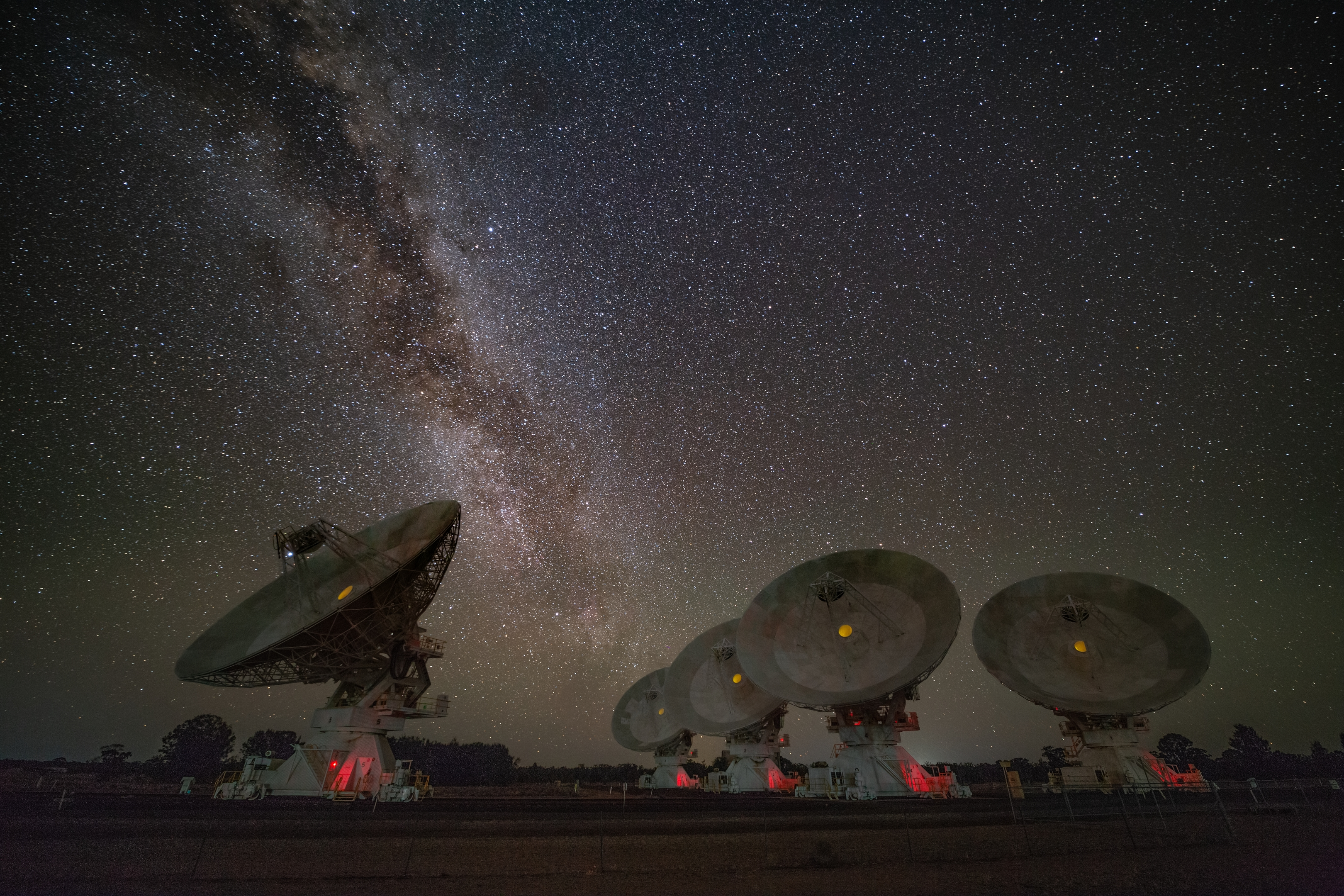Astronomers have found a way to measure the jets produced by an accreting neutron star. It is hoped that once a large sample of such measurements have been made it will be possible to answer a question that has bugged astronomers since the jets were discovered: what is accelerating these jets so spectacularly? According to one theory it is magnetic fields around the star; another suggests it is the star itself.
Many black holes, particularly the supermassive black holes (SMBH) at the heart of galaxies, accelerate jets of material to astonishing speeds. It is less well known that some neutron stars do the same thing. Dr Tom Russell of the Istituto di Astrofisica Spaziale e Fisica Cosmica told IFLScience even white dwarfs occasionally produce jets.
The jets are a product of accreting neutron stars, those that are gradually drawing more material onto them, for example from a companion star being dismembered by their more powerful gravity. Only a small minority of neutron stars are doing this, but that still means tens of thousands in the Milky Way alone.
The material in the accretion disk slowly spirals inwards until it falls on the neutron star. “That’s a very stable and steady process,” Russell told IFLScience. Once it hits the star, however, it builds up until it reaches a critical density and undergoes a thermonuclear outburst, accompanied by gamma and X-rays. How frequently this happens depends on the rate of accretion and possibly other factors about the star, but in the case of 4U 1728-34 these bursts occur every few hours.
Russell is part of a team who realized that, using a combination of telescopes operating at different wavelengths, they could use these bursts to measure the jets’ speeds. “The explosion tells us when the enhanced jets were launched, and we simply time them as they move downstream – just like we would time a 100m sprinter as they move between the starting blocks and the finish line,” Professor James Miller-Jones of the Curtin University node of the International Center for Radio Astronomy Research said in a statement.
Calculating speed requires a knowledge of distance as well as time. Russell explained to IFLScience that the frequency at which the jet radiates changes with distance from the star. “Through some previous studies on black holes and neutron stars and theory we can work out the distance that relates to a particular frequency,” he said.
Putting this together, the team came up with a 38 percent of the speed of light (114,000 kilometers or 70, 836 miles per second) for 4U 1728-34. That’s puny compared to black holes, whose jets are thought to exceed 99 percent of light speed. Given the much lower escape velocity of a neutron star, the difference is not surprising.
The more important finding should come once the work is extended to more stars. “If the star itself is responsible we should see a direct relationship between the speed of a jet and the spin of a neutron star,” Russell said. Neutron stars’ spins are much easier to measure than those of black holes, making the comparison easy. If the relationship is not found, magnetic fields are probably responsible.
“The great thing about this work is that it is very reproducible,” Russell said. “We need two telescopes looking at a neutron star at the same time, but aren’t relying on a bunch of theory to get the result.”
In this case those two telescopes were the gamma ray space telescope Integral and the Australian Telescope Compact Array, a set of six dishes that can operate together. Many hours of time on each were required to obtain the results, but this may fall as experience grows.

Work like this requires combining telescopes at the opposite ends of the electromagnetic spectrum, with one of those represented by the Australian Telescope Compact Array, shown here.
Image credit: Alex Cherney
The jets produced by SMBH’s can shape the development of a galaxy, so understanding them is even more crucial.
“Despite [black holes and neutron stars] having profoundly different physical characteristics, i.e., an event horizon versus a stellar surface, very few differences between the emitted jets have been identified, beyond the jets appearing to be generally more luminous in black hole systems at similar X-ray luminosities,” the authors note, suggesting the lessons learned here may have wider applications.
The study is published in Nature.
Source Link: A Neutron Star’s Jet Speeds Have Been Measured For The First Time